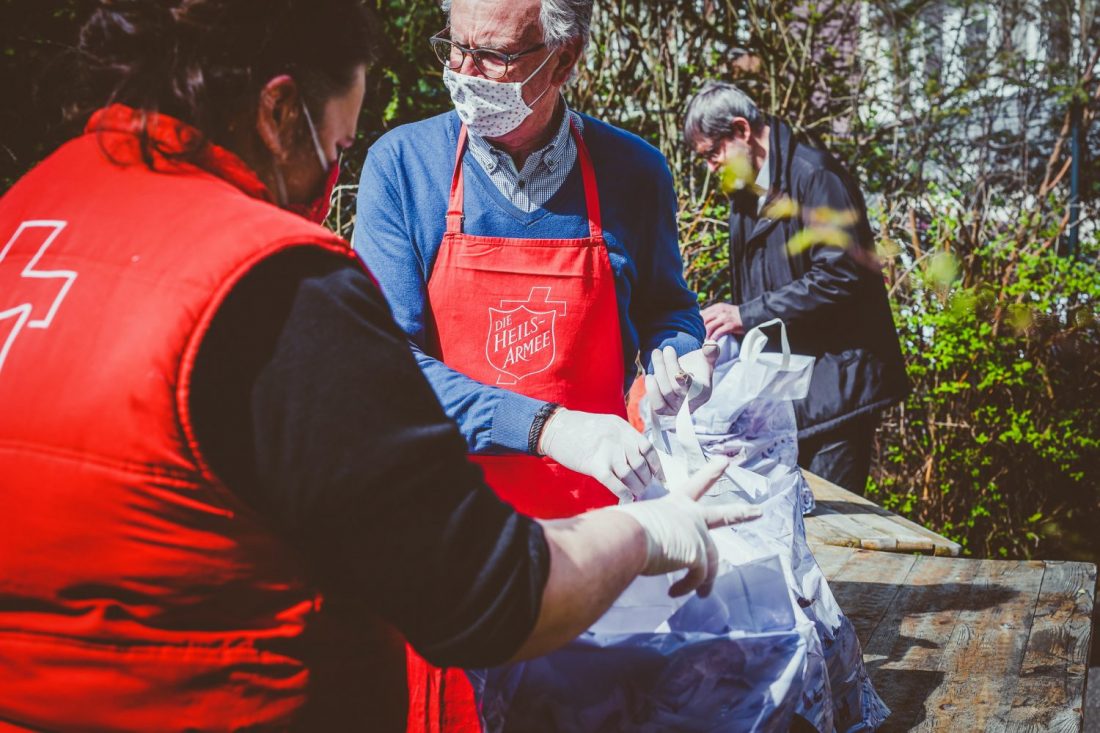Chuuk, formerly known as Truk, is the most populous of the four states that make up the Federated States of Micronesia (FSM). It was part of the Trust Territory of the Pacific, a trusteeship administered by the United States, until its eventual independence in 1986.
It is located 590 nautical miles southeast of Guam—an air flight of less than two hours. It is 3,372 nautical miles southwest of Hawaii.
Altogether there are 290 islands that make up this complex atoll consisting of high volcanic islands and numerous outlying atolls and low islands. The barrier reef that surrounds Chuuk’s lagoon covers an area of 820 square miles, while land area amounts to 32.7 square miles; i.e. – there’s a lot more water than there is land.
Its present population is about 54,000, slightly over half the total population of the FSM. At least a third of that is concentrated on Weno, the state capitol and commercial center.
European contact dates back to the early 1500s, when the Spanish sailed into Chuukese waters. Chuuk’s Dublon Island served as the administrative headquarters for the Spanish, Germans and Japanese. After World War I, the League of Nations Mandate allowed Japan to control the Micronesia region, with the exception of Guam.
The United States pounded the Japanese naval fleet here in February 1944 as part of “Operation Hailstone,” creating a mysterious World War II underwater museum, the largest collection of diveable shipwrecks in the world. Chuuk lagoon is now world renowned for its wreck diving.
Weno is the center of what is known as the Chuuk Lagoon, which is made up of many islands. Boats are much more important on Chuuk than automobiles. Each day at sunrise hundreds of small motorboats race across the lagoon from these islands, delivering people to Weno for work, shopping or other business. Most return to their homes before dark.
Islands outside the lagoon include the Hall Islands, the Southern and Northern Mortlocks, the Western Islands and the Namonuito Atoll. These “outer islands” are miles from Weno, and their residents rarely travel by boat to Weno as the trip is long and sometimes dangerous.
Three closely related languages are spoken in Chuuk: Chuukese, Mortlockese and Puluwatese.
The Salvation Army is but one of many Christian churches in Chuuk. Unlike most of the Federated States of Micronesia, on which the Catholic church had so much early influence, Protestant missionaries were the first to settle on Chuuk, and they have left their mark on the culture, especially in the area of education.
References
2020 Vision: Master Development Plan (2001-2020) for State of Chuuk. Chuuk State Government, the Federated States of Micronesia. September 2002.
Chuuk: Caricature of an Island, by Francis X. Hezel SJ. www.micsem.org (Micronesian Seminar).
The Chuukese Child: A Teacher’s Resource, by William & Usha Prasad. The BEAM Center, University of Guam. 1992.
“Chuuk Struggles to Move On,” by David V. Crisostomo. The Pacific Daily News. Page 5. Thursday, July 11, 2002.











